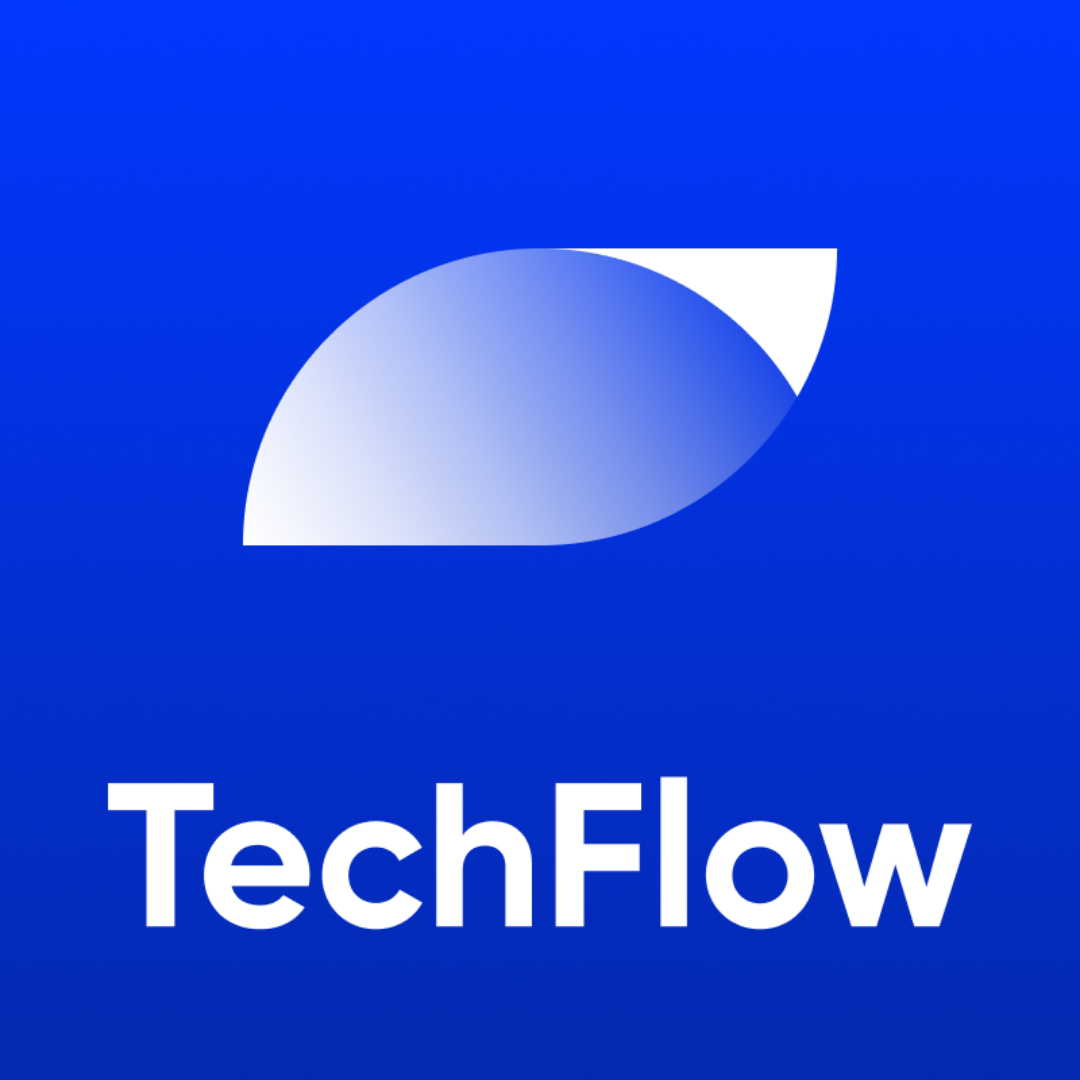Crypto × AI: Deconstructing the Panorama of Projects in This Cycle
- 核心观点:加密与AI融合推动代理与机器人创新。
- 关键要素:
- 功能性代理实现DeFi、预测等价值创造。
- 代理声誉与支付系统确保可信交互。
- 区块链激励数据贡献,优化机器人模型。
- 市场影响:加速去中心化AI应用与机器人技术普及。
- 时效性标注:中期影响。
Original author: cookies
Original translation: TechFlow
This is my perspective on how the maturation of encryption and AI infrastructure can drive innovative applications.
Let’s dive in and explore how, as users and builders, we can navigate this new era.
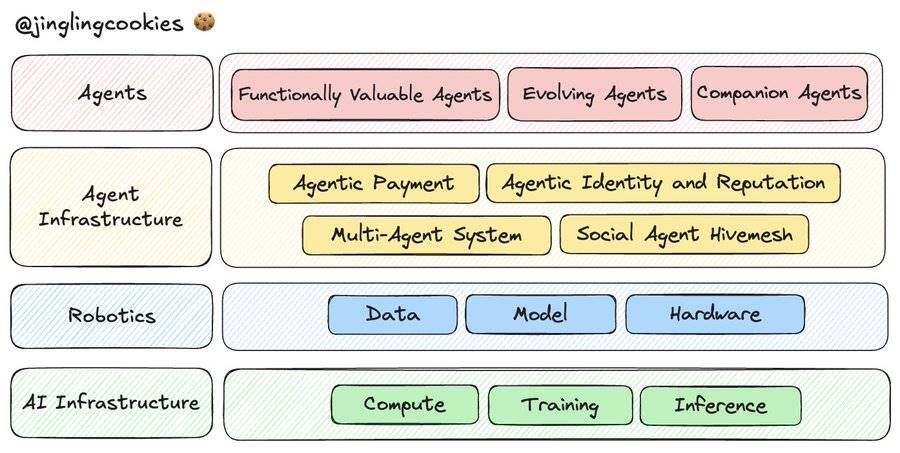
Agent Type
Functionally Valuable Agents
These agents are able to generate actual value or results.
- (1a) DeFAI Agent
- (1b) Prediction Market Agents (PMAs)
- (1c) Computer Use Agents (CUAs)
DeFAI Agent
These agents can perform transactions, yield farming, or provide liquidity (LP).
Related projects: @symphonyio , @almanac , @gizatechxyz
You can find a comprehensive introduction to DeFAI in the tweet below:
Prediction Market Agents (PMAs)
These agents participate in prediction markets and can be market-specific (e.g. football) or general-purpose agents.
I prefer market-specific proxies based on Small Language Models (SLMs) because they require less computational resources.
Related projects: @sire_agent , @BillyBets_ai
The Crypto Role of DeFAI and PMAs
Encryption technology plays the following roles:
- Medium of exchange
- Programmable execution
- Immutable record of transactions
Computer Usage Agents (CUAs)
These agents can take control of your screen to complete tasks, such as creating a discounted cash flow table using Excel.
Cryptography can serve as an incentive mechanism to reward users who contribute high-quality data to improve these models.
Related projects: @chakra_ai , @getoro_xyz
Related tweet link: click here
Evolving Agents
I envision a future where everyone has a personalized productivity agent.
Based on contextual information obtained from Large Language Model (LLM) conversations, social media browsing, and everyday conversations, these agents are able to study and plan in environmental patterns.
Over time, these agents will evolve and become experts in certain areas. @the_nof1 , an AI research lab focused on financial markets, has six trading agents, each managing $10,000 in trading capital. These models have the potential to evolve into skilled traders.
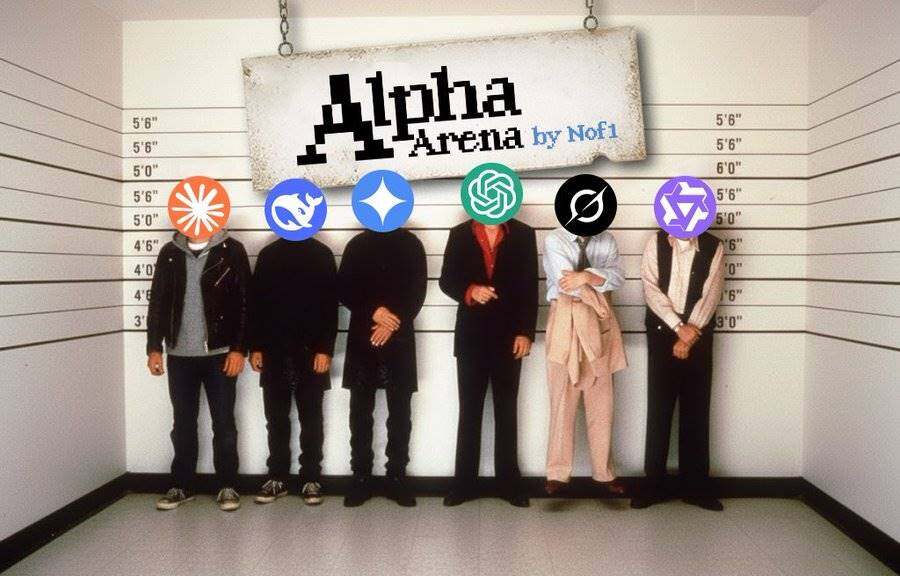
Related tweet link: click here
Companion Agents
In the future, agents that help people combat loneliness will become the norm, as more interactions move to the digital world and human contact decreases .
Related projects: @Fans3_AI , @ohdotxyz

Proxy Infrastructure
Agent Payment
Agents that can make payments. To make agent commercialization a reality, tech giants have created agent payment standards:
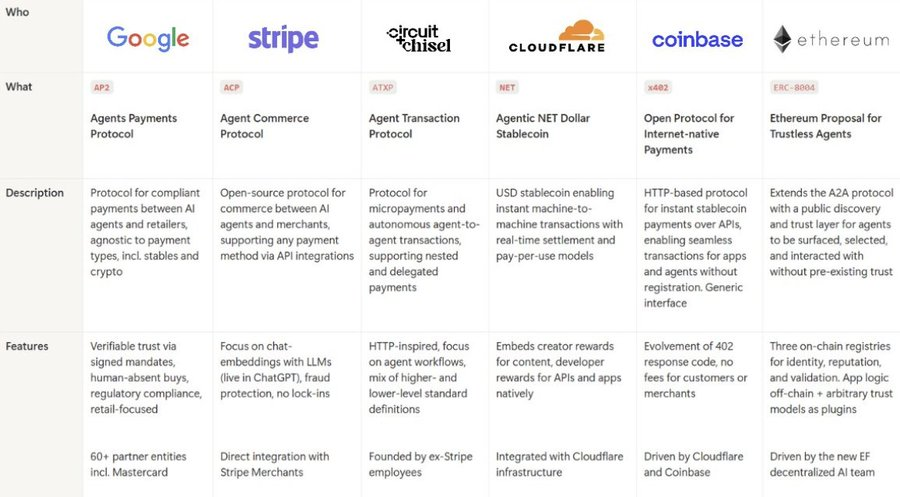
Core elements for mainstreaming agent payments:
- Infrastructure: Solved by various agent payment standards.
- Need: Do we really need an agent that can make payments?

ChatGPT recently introduced apps to its platform, allowing users to build functionality directly within ChatGPT.
This brings a paradigm shift where productive operations can be done directly on ChatGPT.
The following content can help you understand this:
Agent Identity and Reputation
Delegation is unavoidable: most tasks will be performed by task-specific agents.
How do we know which agents are suitable and trustworthy?
Imagine a Google Review or PageRank system designed for agents, which ranks and certifies their performance in performing specific tasks.
Just like a resume, a trading agent with a 4.6 rating can be "hired" by a hedge fund.

The Ethereum Foundation has begun building the infrastructure to support this functionality — ERC-8004.
Through ERC-8004, agents can interact with each other, such as transferring funds from agent A to agent B.
Related tweet link: click here
Multi-Agent System
Using F1 analogy:
- Goal: Replace tires
- Primary Agent: Drivers who need to change tires
- Work agent: mechanic who changes tires
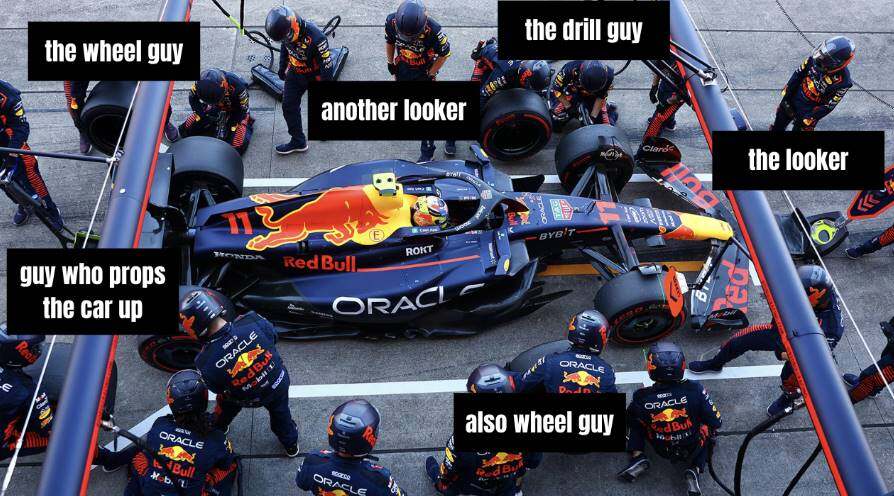
The concept consists of a coordinating agent and multiple worker agents that can execute tasks in parallel.
It is best run on the @monad platform, which is known for its parallel execution capabilities, and can potentially complete the entire workflow in a single block (0.4 seconds).
Social Agent Hivemesh
I imagine a future where everyone has their own digital twin.
There is an infrastructure that allows these digital twins to connect with each other, exchange knowledge, and conduct transactions.
Digital twin interactions are stored on the blockchain, creating an Agent Social Graph.
Related tweet link: click here
The interactions of agents cannot be completely random. This is why Discovery Networks such as @indexnetwork_ are key infrastructure for connecting user intent by ingesting user-specific context.
robot
The robotics industry is growing rapidly, securing $6 billion in funding between January and July 2025.
This section breaks down the three core pillars and explains in detail the role of blockchain.
Before diving into this section, check out this introductory guide on robotics.
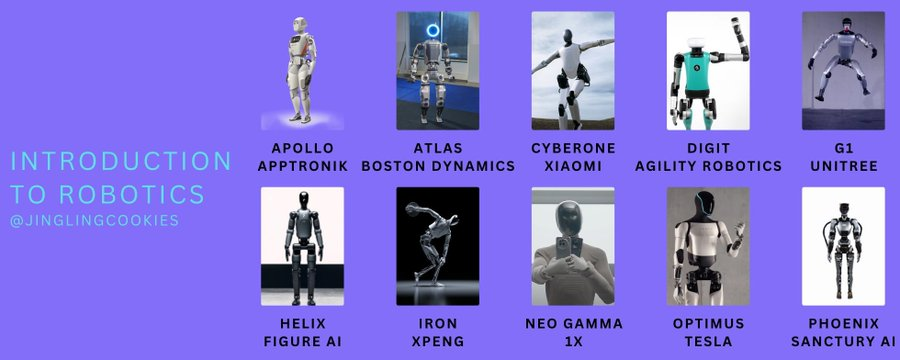
Robotics Data
Compared to large language models (LLMs), the amount of data used to train Bot models is much smaller.
This is because collecting data in the real world requires more effort and higher costs (such as setting up cameras and remotely operating equipment).
The various types of robot data include:
- video
- Remote Operation
- Motion Capture
- First Person View (POV)
- Simulated/synthetic data
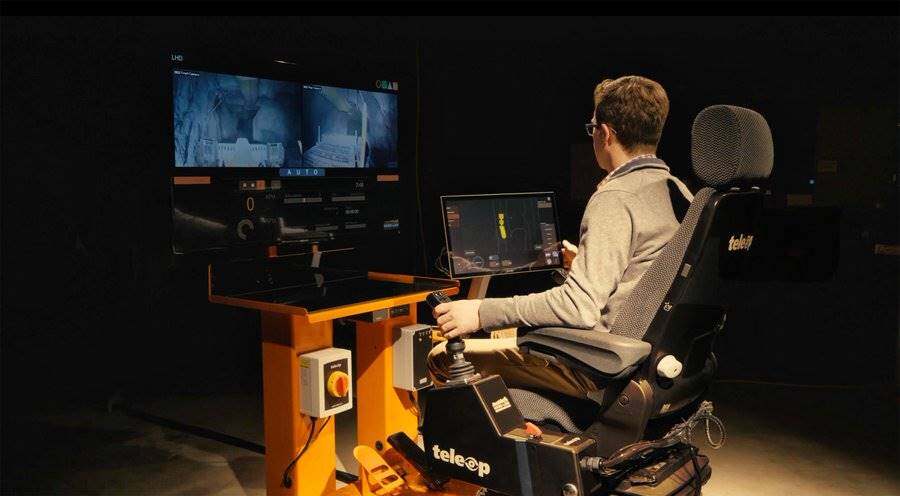
One of the main complexities of collecting data for physical AI is the requirement for diversity.
A humanoid robot trained in a specific environment may not be able to understand a new environment (such as one with low lighting).
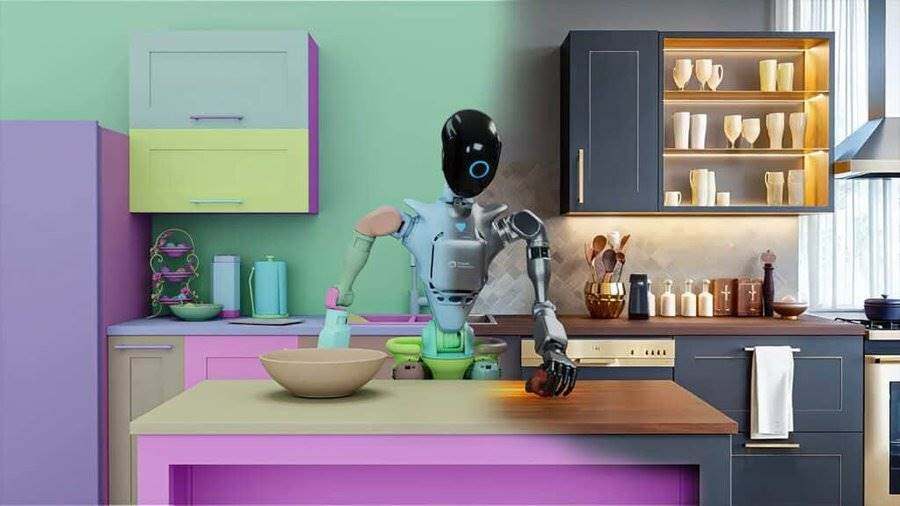
Cryptography is an excellent mechanism to incentivize individuals to contribute real-world data that can capture highly diverse environments.
Related projects: @PrismaXai , @MeckaAI , @silencioNetwork , @rayvo_xyz , @VaderResearch , @BitRobotNetwork , @AukiNetwork
Robotics Model
@PrimeIntellect is a leading example of decentralized model training.
By leveraging cryptography to reward contributions based on data provenance, it is possible to build a robotics model with superior performance.
Related projects: @OpenMind , KineFlow
Hardware
One of the key bottlenecks in robotics is the latency in fine-tuning the robot models.
This problem is particularly acute when research labs lack the necessary hardware (such as robotic arms, humanoid robots, etc.) to test models and collect fine-tuning data.
A DePIN (Decentralized Physical Infrastructure Network) robotics network could be established to allow individuals or research labs to rent out robotic hardware for model testing.
This financialization layer opens up access to hardware for researchers while creating a stable revenue stream (rental income) for hardware providers.
in conclusion
The future looks bright for encryption, AI, and robotics.
If you're building any interesting projects in this space, feel free to chat with me and see if you can implement it on @monad !

